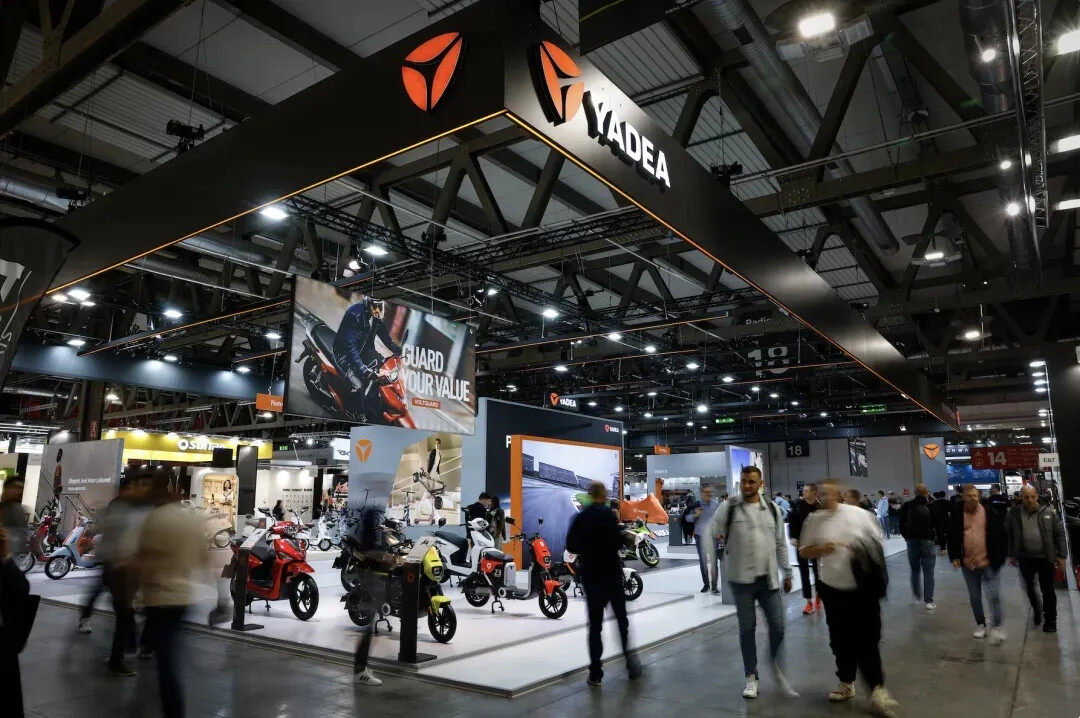Recently, a series of events such as the introduction of the e-bike trade-in policy, the impending revision of the new national standards, and the resurgence of lead-acid batteries have brought the two-wheeled electric vehicle industry into the spotlight. Can these favorable policies push the e-bike industry to new heights? What trends can be observed from the half-year reports of numerous companies?
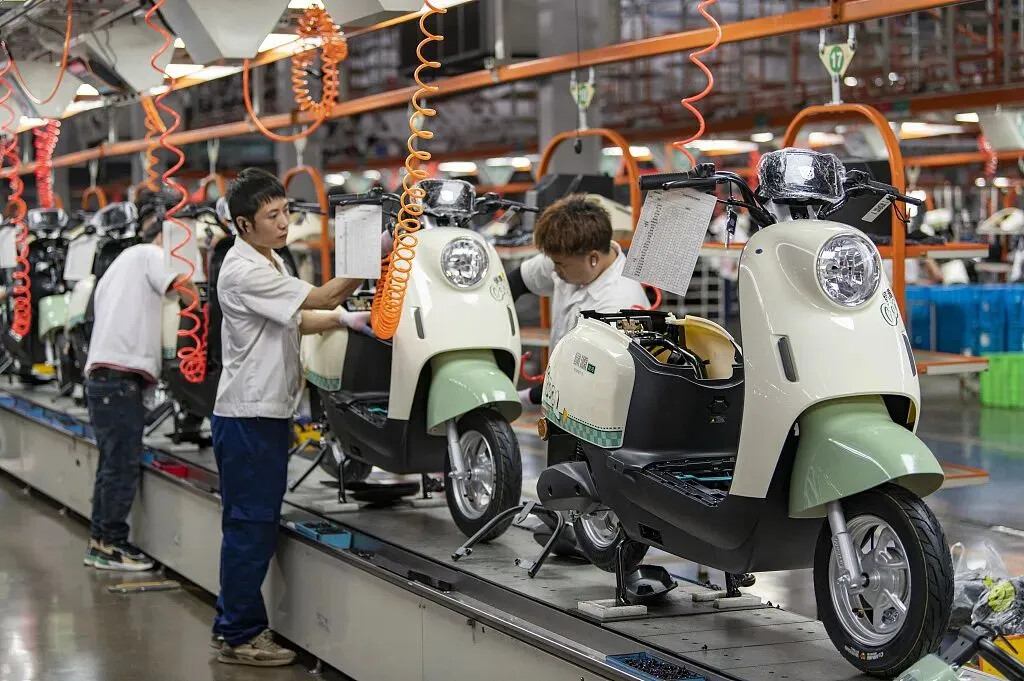
Half-Year Reports in Order of Release:
Ninebot (August 6): Ninebot reported a record-high revenue of 6.666 billion RMB in the first half of the year. The electric two-wheeled vehicles in China saw sales of 1.198 million units, contributing around half of the company's revenue.
Niu Technologies (Second Quarter): Niu's revenue reached 940.5 million RMB, a 13.5% increase year-on-year, although the company reported a net loss of 19.5 million RMB. Sales reached 256,162 units, up 20.8%. The third-quarter revenue is expected to grow by 40% to 60%.
AIMA (August 23): Aima's total revenue for the first half of the year was 10.591 billion RMB, a 3.66% increase. However, costs grew by 47.03%, and net profits increased by 6.24%.
Yadea (August 23): Yadea's revenue for the first half of 2024 was 14.414 billion RMB, a 15.4% decrease year-on-year. Net profits stood at 1.034 billion RMB. The company sold about 6.38 million units, including 4.48 million electric bicycles and 1.9 million electric scooters.
Sunra(August 26): Xinnuo reported a revenue of 1.711 billion RMB for the first half of the year, a 15.35% decrease. However, the net profit reached 49.95 million RMB, showing a 6.8% increase.
Lvyuan (August 30): Lvyuan reported a 3.2% increase in revenue to 2.534 billion RMB. Net profit was approximately 66 million RMB, a 9.6% increase due to better sales of new products and an expanded distribution network.

Whether favorable policies can propel the two-wheeled electric vehicle industry to new heights remains uncertain, as several constraints persist. These include consumers' awareness and acceptance of the policies, the strength and implementation of subsidies, and the intensity of market competition. If consumers are unaware of trade-in programs or if subsidies fail to provide sufficient incentives, the effectiveness of such policies could be significantly diminished.
In addition, while policy measures are guiding the development of the industry, the market remains highly competitive with a large number of players. Whether a company can stand out amid fierce competition largely depends on its capabilities in product innovation, brand building, and marketing strategy. Recent half-year reports released by several major two-wheeled EV companies reveal the following key industry trends:
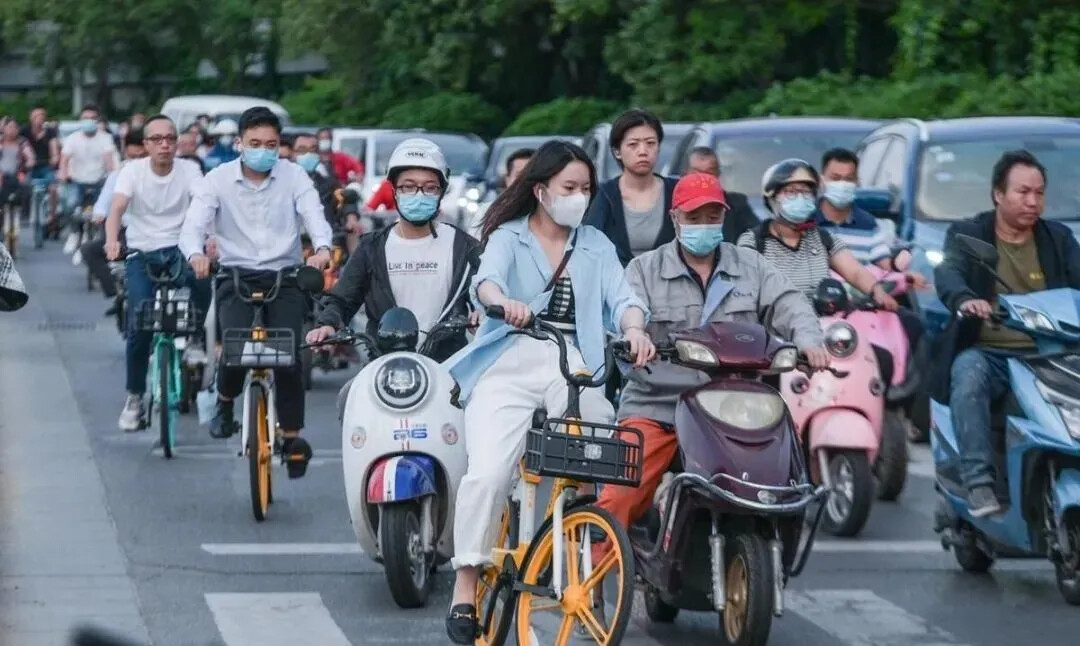
1. The Two-Wheeled EV Market Continues to Face Significant Challenges
According to the financial reports of major players, Yadea and Aima remain the top two giants in the electric two-wheeler sector, with revenue figures far exceeding those of their competitors. However, from a growth perspective, Yadea reported its first year-on-year revenue decline in the first half of the year, and Aima's growth also showed signs of slowing. Traditional brands such as Lvyuan and Sunra likewise saw only marginal increases or even declines in performance.
Yadea stated that macroeconomic uncertainties have led to a temporary decline in market demand, directly affecting product sales. Additionally, the company had to upgrade its technology and adjust its products to comply with the revised national standards and tighter regulations, resulting in higher short-term costs that further impacted production and sales.
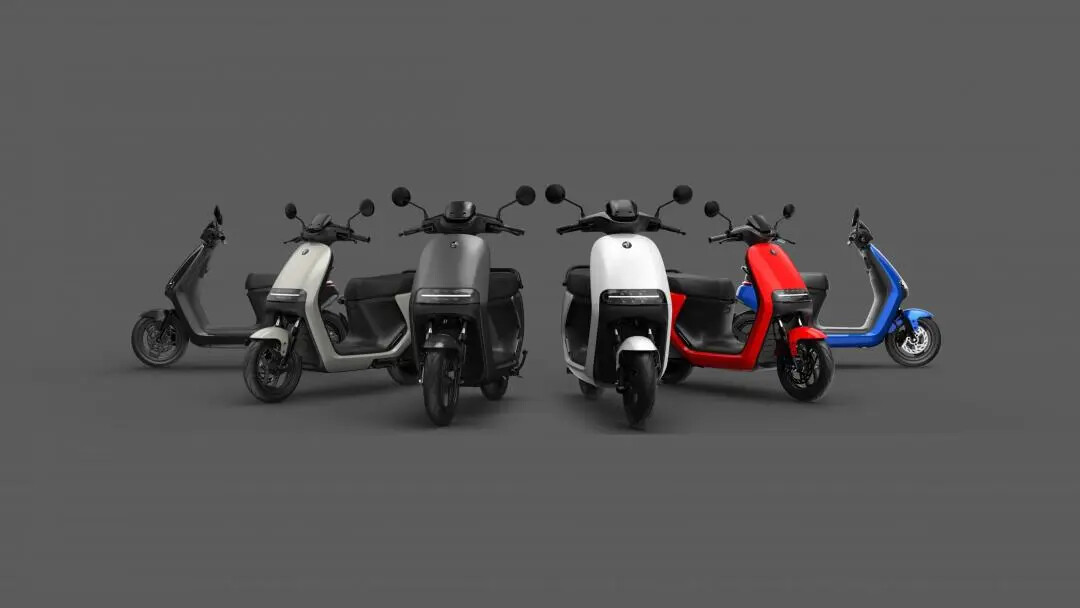
2. Industry Consolidation Continues as Leading Brands Dominate
As standardization and competitive order in the electric two-wheeler industry improve, a large number of small-scale enterprises have exited the market. The industry is now entering a phase of intensified competition among top players. Companies such as Yadea, Aima, and Lvyuan have largely established comprehensive nationwide sales and service networks. The competition has shifted toward product strength, cost control, and quality management. Notably, only four brands, Yadea, Aima, Tailg, and Lvyuan, were included in the first round of the official "white list" of enterprises that meet regulatory standards. These companies are likely to receive preferential treatment in upcoming initiatives such as new national standard certifications and vehicle replacement subsidy programs.
3. High-End Strategy Faces Setbacks
As China's electric two-wheeler industry enters a stock competition phase, the high-end segment is encountering increasing resistance. The average selling price across major brands continues to decline. Demographic shifts show a consumer migration from first-tier cities to third- and fourth-tier markets, where demand is driven primarily by affordable, mid-to-low-end models. In the short term, scaling up the high-end segment remains a challenge.
Niu Technologies, for example, has adopted a "volume-over-price" strategy. In Q2 2024, the company sold 256,200 units, marking a 20.8% year-on-year increase. However, the average revenue per vehicle in China dropped from RMB 3,577 to RMB 3,503, while overseas markets saw a sharper decline, from RMB 3,430 to RMB 2,682, a 21.98% drop. Executives admitted during an earnings call that consumption downgrades in top-tier cities last year led to cautious spending among high-end consumers, slowing overall sales.
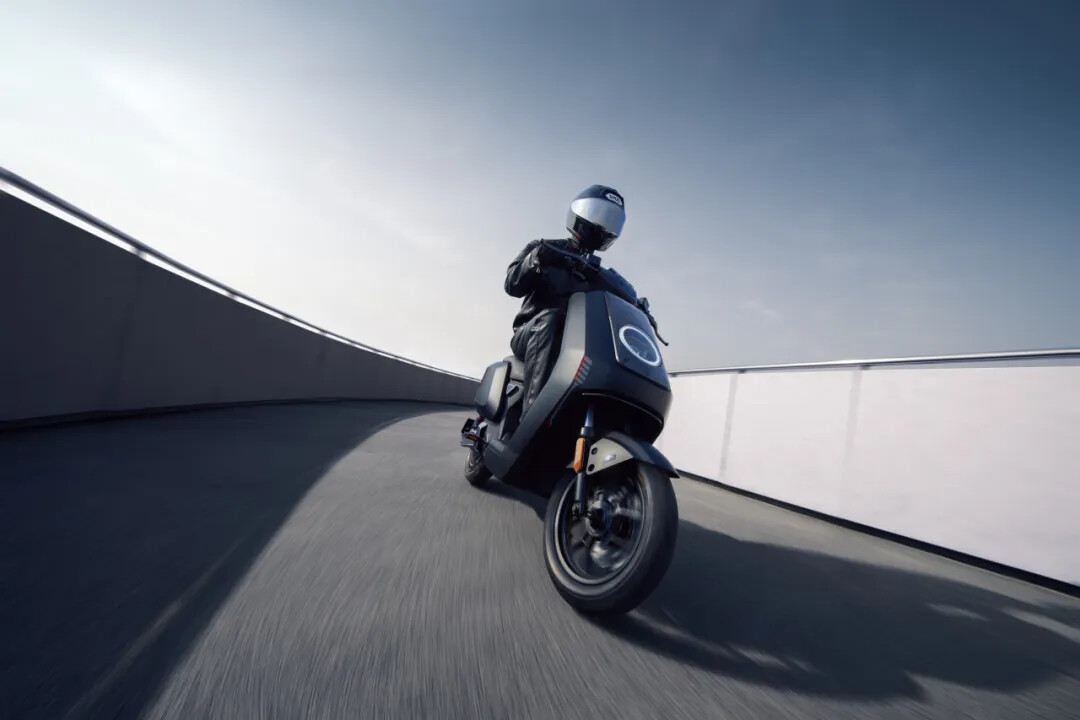
4. Recovery of Market Growth Remains Uncertain as Industry Advances Cautiously
Despite favorable policy signals, whether the electric two-wheeler market can return to its previous peak of 60 million annual sales remains uncertain. By 2024, the replacement boom triggered by the new national standards (GB) has mostly played out. According to data from the National Bureau of Statistics, over 80% of vehicles had completed compliance replacement by the end of 2022. An iResearch report also noted a significant slowdown in growth, with 2023 sales growing only 9.8% year-on-year, and a projected decline of 9.1% in 2024. The market is now entering a steady replacement phase, with an average life cycle of five years.
The industry remains highly sensitive to policy developments. Following the fatal fire in Nanjing on February 23, 2024, the Ministry of Industry and Information Technology (MIIT) introduced a series of stringent standards, including the Electric Bicycle Industry Standard Conditions, Announcement Administration Measures, and Safety Technical Specifications for Lithium Batteries. These standards impose measurable requirements, such as minimum RMB 1 million in equipment investment, at least 10 new models developed annually, and an R&D expense ratio of no less than 2%.
According to SUNRA, ongoing revisions of the new safety regulations have caused consumer hesitation at the retail end, leading to a decline in product sales and revenue. Market competition has also intensified as a result.
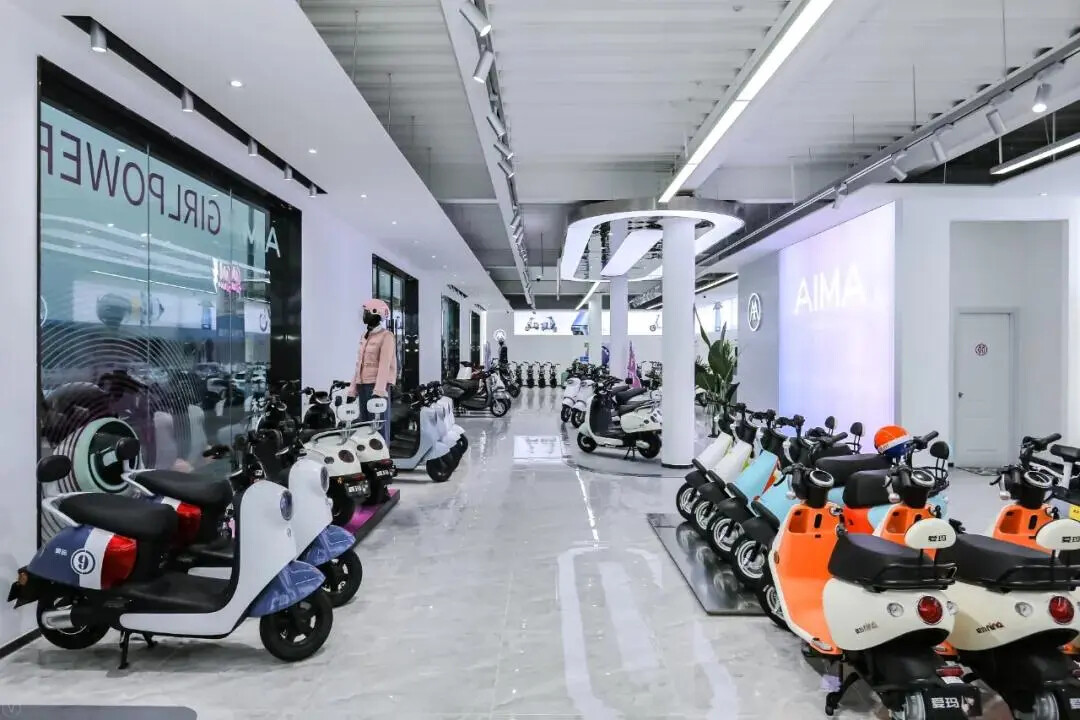
5. Competition among enterprises is becoming increasingly intense
After many small-scale enterprises exited the market, competition among leading companies has intensified. This is reflected in their efforts to improve product performance, expand service coverage, and continuously lower selling prices. Meanwhile, consumer demand has continued to decline under the influence of the overall economic situation, significantly increasing competitive pressure. For example, AIMA's sales expenses reached RMB 412 million in the first half of the year, a year-on-year increase of 39%, mainly due to intensified market competition, with the company expanding its sales team and increasing investment in marketing and promotion.
Faced with macroeconomic challenges and uncertainty, several electric two-wheeler companies have chosen to respond by continuing to expand their channel networks, increase production capacity, incorporate intelligence, and explore overseas markets.
Yadea Holdings and Aima Technology have opted to set up factories, establish production and R&D bases, open flagship stores, and form strategic partnerships in regions such as Vietnam and Indonesia. Lvyuan has also reported significant progress in the Southeast Asian market, promoting the battery and vehicle certification process, expanding its business in South Asian countries along the "Belt and Road" initiative, and beginning to explore potential expansion into European and American markets. Ninebot and Niu have collaborated with large local chain supermarkets and outdoor sports stores overseas to expand their product sales channels. Ninebot has also entered mainstream local e-commerce platforms such as Amazon, eBay, and Media Mart.
In terms of expanding production capacity, Aima Technology plans to invest in the construction of the Aima Lanzhou New District Industrial Park project and the Aima Technology Group Fengxian Industrial Park project to further expand the company's production capacity for electric two-wheelers and three-wheelers. The total investment for these two projects is approximately RMB 5 billion. Lvyuan also stated that it will continue the construction of its Chongqing factory in 2024, with the new production facilities expected to gradually increase capacity to about 2 million units per year by 2026.
